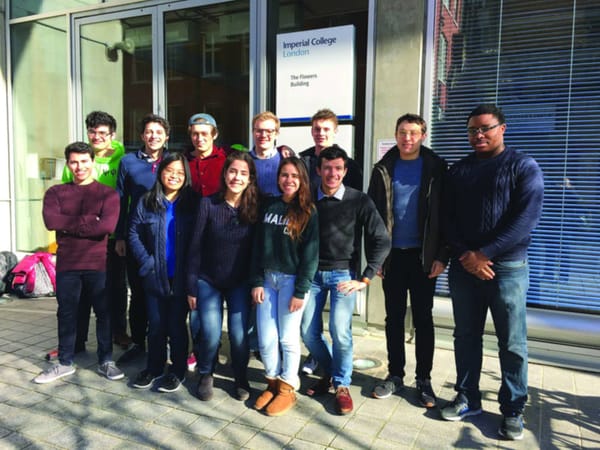Sh!t Sc!ence
Our regular science column

At Sh!t Sc!ience, we believe that all science, no matter how stupid it sounds, has a purpose and adds to the sum of human knowledge. This week: the science of gingerness.
You’ll have seen this story. From Prince Harry to Julianne Moore, the honorary heads of the ginger committee are strewn across the most reputable science sections. The reason? Ice cold revenge! It is now scientifically proven that even though you are growing older and saggier by the minute (yes...you are), redheads are more likely to remain as baby-faced as when you were making fun of them in school. Well… they look a bit younger. Well… by two years. Maybe not the greatest payback for years of mockery.
The study behind the finding was published this week by a team of scientists from the Erasmus University. After asking people to estimate the age of the 2693 members of their cohort based solely on pictures of their faces, the scientists cross-referenced the ‘perceived age’ with differences in their cohort’s genotypes. They found one gene that could be associated with youthful looks, the MC1R gene. This gene codes for the melanocortin1 receptor, a protein which regulates the ratio of pheomelanin (a blond or red pigment) to eumelanin (a brown or black pigment), which gives hair its shading. The youthful look was associated with a particular variation of the MC1R gene. These gene variant codes for a melanocortin1 receptor, which in turn produces very little eumelanin, and is subsequently associated with red hair. And there you have it, red hair is linked to youthful looks.
‘That’s it?’, I hear you cry. ‘All that genetic encoding and screening for that?’ I agree, but as always, this study actually represents a tiny step in a much bigger endeavour. While the first genome took 13 years to sequence, an entire human genome can now be sequenced in days. This staggering progress has encouraged the hope that through the reading of our genomes, we would finally be able to predict and prevent disease. Programs such as the Rotterdam study, the Leiden Longevity study and the Twins UK studies, have provided huge repositories of thousands of genomes. This information allows us to filter through millions of bytes of data to look for the elusive genes that could be responsible for Alzheimer’s disease, the genetic malformation which causes the terrible Parkinson’s disease, and also the gene that makes us look younger when we’re not. That is the power of Big Data, and we should expect to see many more of these studies in the coming years.








